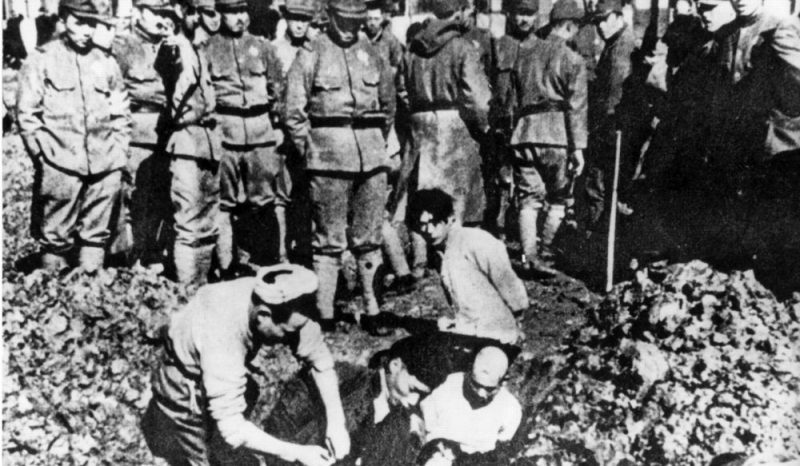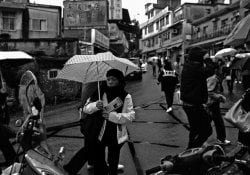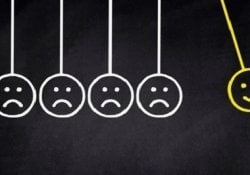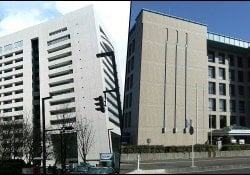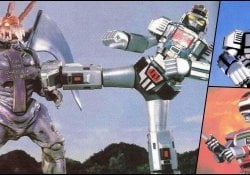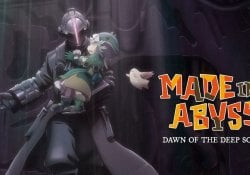Nanjing was where one of the biggest catastrophes in the war against Japan took place. The Nanking Massacre was an episode of mass murder and rape committed by Japanese troops against the residents of Nanking, then capital of China, during the Second Sino-Japanese War (1937 – 1945). The massacre took place between December 1937 and January 1938, after the city was captured.
During this period, Imperial Japanese Army soldiers murdered Chinese civilians and disarmed fighters numbering between 40,000 and over 300,000. The troops also committed rapes and looting of the city.
As most Japanese military records on the killings were either kept secret or destroyed shortly after Japan's surrender in 1945, historians have been unable to accurately estimate the death toll from the massacre.
Índice de Conteúdo
Japan's invasion of Chinese territory
In August 1937, the Japanese army invaded Shanghai, where they encountered strong resistance, suffering casualties. The battle was bloody as both sides clashed in hand-to-hand combat. In mid-November, the Japanese captured Shanghai with the help of naval bombardments.
The General Staff Headquarters in Tokyo initially decided not to expand the war due to heavy casualties and low troop morale.
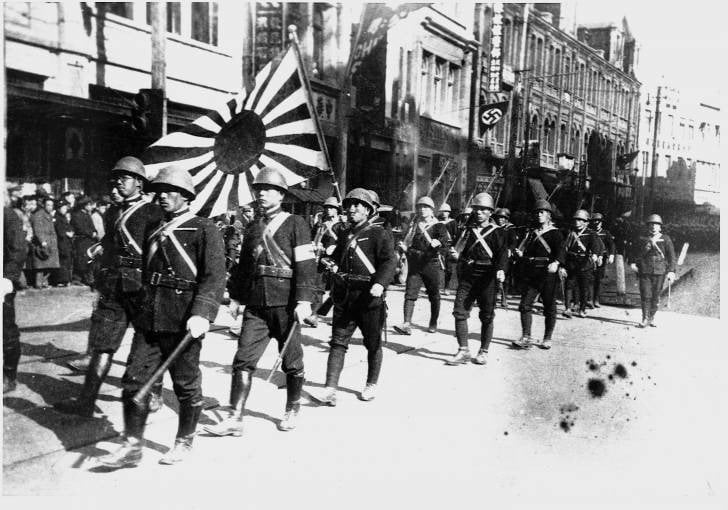
However, on December 1, headquarters ordered troops to capture Nanking. After losing the battle of Shanghai, Chiang Kai-shek, a general in the Chinese army, knew that the fall of Nanking was only a matter of time.
Chiang Kai-shek's Plan
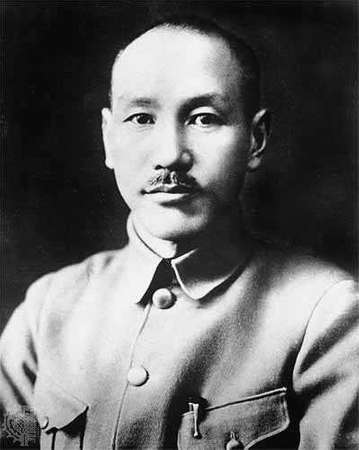
He and his team realized that they could not risk the annihilation of their elite troops in a symbolic but hopeless defense of the capital. To preserve the army for future battles, most of it was withdrawn. Chiang's strategy was to follow the advice of his advisers. The strategy involved luring the Japanese army into the capital and using the territory as a defensive force.
Chiang planned to wage a protracted war of attrition to wear down the Japanese inside China. In a statement, Commander Tang Shengzhi announced that the city would not surrender and would fight to the death.
Tang gathered around 100,000 soldiers, largely inexperienced, including Chinese troops who participated in the Battle of Shanghai. To prevent civilians from fleeing the city, he ordered troops to guard the harbor, as instructed by Chiang Kai-shek.
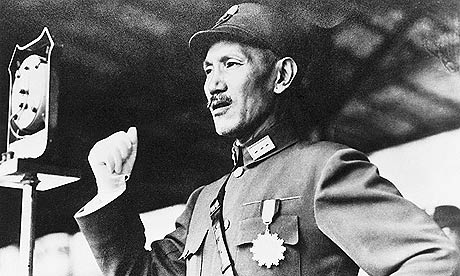
The defense force blocked roads, destroyed boats and set fire to nearby villages, preventing evacuation. This rejection of Kai-shek's ceasefire plan sealed the city's fate.
Nanking had been constantly bombed for days. The Chinese troops who remained there were despondent and began drinking before the city's inevitable fall. The Japanese military continued advancing, breaking through the last lines of Chinese resistance and arriving at the city gates of Nanking on December 9.
At noon on December 9, the Japanese military dropped leaflets on the city, demanding its surrender within 24 hours. Meanwhile, Committee members contacted Tang and proposed a three-day ceasefire plan. Chinese troops could withdraw without a fight while Japanese troops would remain in their current position.
The taking of the city of Nanking
The Japanese waited for an answer to their surrender request. However, no response was received until the December 10 deadline. General Iwane Matsui waited another hour before issuing the command to take Nanking by force.
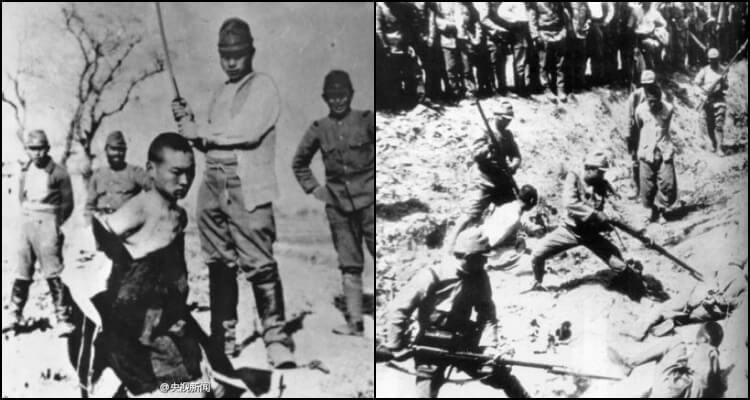
The Japanese army mounted its attack on the walls of Nanking from multiple directions: The 16th Division attacked three gates in the east, the 6th Division launched its offensive in the west, and the 9th Division advanced into the middle area.
On 12 December, under heavy artillery fire and aerial bombardment, General Tang Sheng-chi ordered his men to retreat. From then on, it was nothing short of chaos. Some Chinese soldiers stole clothes from civilians in a desperate attempt to blend in. Others were shot by the supervision unit as they tried to flee.
The article is still halfway through, but we recommend also reading:
The massacre committed by the Japanese troops
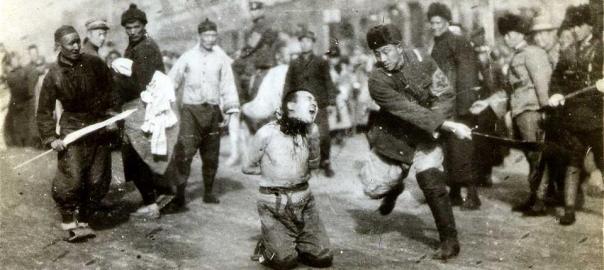
Eyewitness accounts of foreigners and Chinese present in the city reported Japanese troops committing murder, robbery, arson and other war crimes. Some of the reports came from foreigners who chose to stay behind to protect Chinese civilians.
Other accounts include first-person testimonies from survivors of the Nanking Massacre, eyewitness accounts by journalists, as well as the field diaries of military personnel. In 1937, the Osaka Mainichi Shimbun newspaper covered a "dispute" between the officers, Toshiaki Mukai and Tsuyoshi Noda.
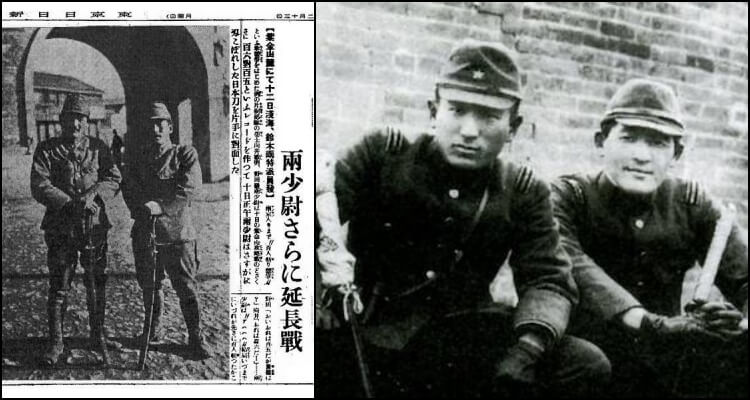
- Newspaper citing Mukai and Noda | Toshiaki Mukai (left) and Tsuyoshi Noda (right)
The two men competed to be the first to kill 100 people with a sword before the capture of Nanking. Both surpassed their objective during the battle, making it impossible to determine which officer had actually "won" the competition. Therefore, they decided to start another competition to kill 150 people.
Subsequently, after Japan's surrender in 1945, both Mukai and Noda were arrested and tried as war criminals. Both were found guilty and executed by firing squad.
Rape of women and children
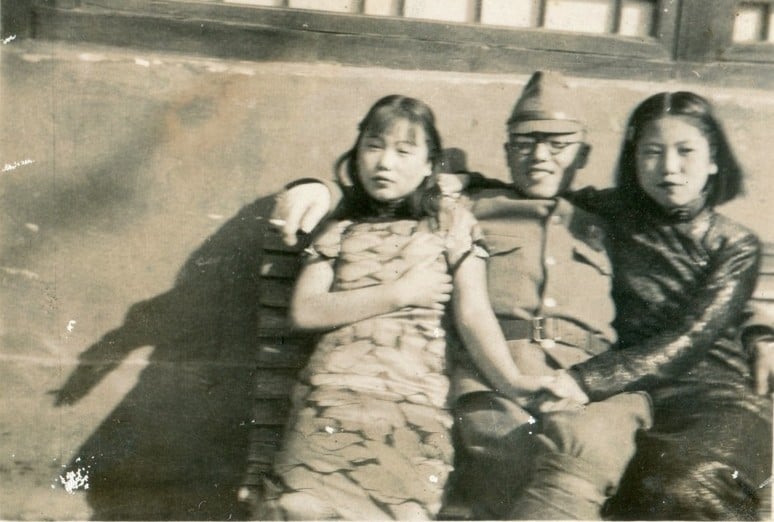
It was estimated that as many as 20,000 Chinese women were raped during the occupation. A large number of rapes were carried out by Japanese soldiers. They went door to door, looking for women to be captured and raped.
At first, women were killed immediately after being raped. They were often killed through explicit mutilation. Small children were not exempt from these atrocities and were also captured for Japanese soldiers to rape.
Withdrawal of troops, end of occupation and trial
In late January 1938, the Japanese army forced all refugees from the Safety Zone to return home, claiming to have "restored order". After the establishment of the collaborating government in 1938, order was gradually restored in Nanking and atrocities by Japanese troops diminished considerably.
On February 18, 1938, the Nanking Safe Zone International Committee was forcibly renamed the "Nanking International Rescue Committee", and the Safe Zone effectively ceased to function. The last refugee camps were closed in May 1938.
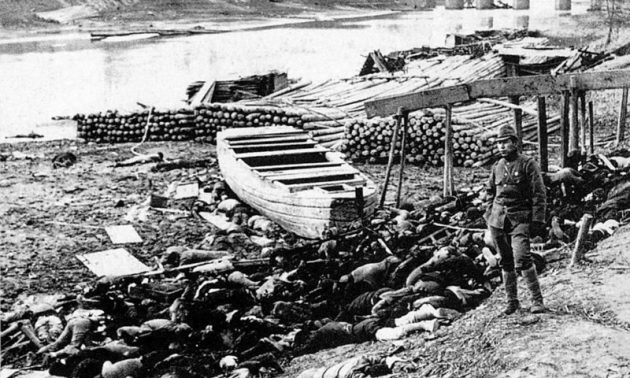
In February 1938, both Prince Asaka and General Matsui were called to Japan. Matsui retired, but Prince Asaka remained on the Supreme War Council until the end of the Second War. He was promoted to the rank of general in August 1939, although he no longer has any military command.
Shortly after Japan's surrender in 1945, those in charge of Japanese troops in Nanking were put on trial. As previously mentioned, officers Toshiaki Mukai and Tsuyoshi Noda were tried by the Nanking War Crimes Court and sentenced to death.
Iwane Matsui was indicted for crimes against humanity by the Tokyo Court and sentenced to death. Hisao Tani, one of those responsible for the massacre, was tried by the Nanking War Crimes Tribunal for crimes against humanity and sentenced to death.
Immunity to Prince Asaka
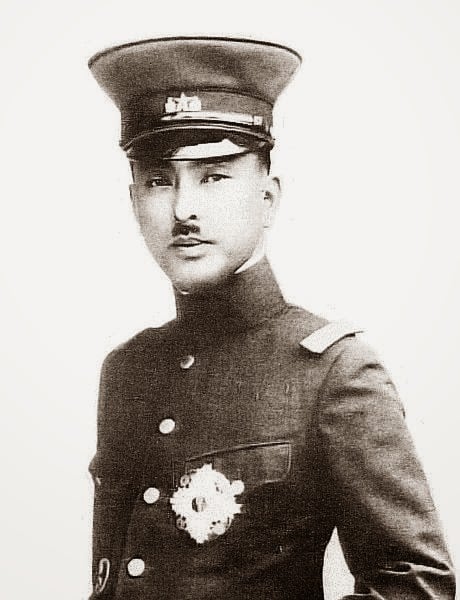
Prince Asaka Yasuhiko was the one who authorized the troops to execute and rape civilians and loot the city. In 1946, Prince Asaka was questioned about his involvement in the Nanking Massacre and the deposition was submitted to the International Prosecutor's Section of the Tokyo court.
Asaka denied the existence of any massacre and claimed he never received complaints about the conduct of his troops. Subsequently, after the end of World War II, Asaka, like the entire imperial family, received immunity from the American General Douglas MacArthur.
Who were the real responsible?
After the end of World War II in September 1945, Japanese war criminals were put on trial at the Tokyo Court and Nanking War Crimes Court.

Those responsible were:
- General Iwane Matsui – Matsui was aware of what the troops were doing in Nanking, but he took no action, claiming to be sick at the time of capture. The Tokyo Court found that, despite the illness, Matsui had sufficient ability to control his troops. He was sentenced to death and executed on December 23, 1948;
- Lieutenant General Hisao Tani – Tani was tried at the Nanking War Crimes Tribunal. Tani denied the allegations against him, blaming Korean soldiers for the massacre. He was found guilty of instigating the massacre and rape of civilians and was sentenced to death and executed on April 26, 1947;
- Prince Kan'in - Considered responsible for authorizing the use of bacteriological weapons used in China, especially in Shanghai and Nanjing. However, Kan'in died before the end of the war in May 1945 and therefore did not stand trial;
- Prince Asaka – As mentioned before, Asaka was granted immunity. The prince was the one who authorized the massacre in Nanking, in the absence of the command of Matsui, who was sick;
- Lieutenant General Isamu Chō – Asaka's sidekick, was considered an accomplice in the massacre. However, Chō committed suicide in the Battle of Okinawa in June 1945 and therefore did not stand trial;
- Prime Minister Kōki Hirota – Also considered to be one of those responsible, he was put on trial at the Tokyo Court. Hirota was found guilty of neglecting his role as Prime Minister and allowing the massacre to take place. He was sentenced to death and executed on December 23, 1948;
Controversies and denial of the massacre
Japanese nationalist groups carry out historical revisionism and deny that there was a massacre. However, the Japanese government itself recognized the Nanking Massacre after World War II.
However, the attitude of the Japanese government does not convince the Chinese because there is a controversy involving the Yasukuni Shrine. The shrine is named after registered war criminals and Japanese political figures visit the shrine and pay tribute to the men responsible for the tragedy in Nanking.
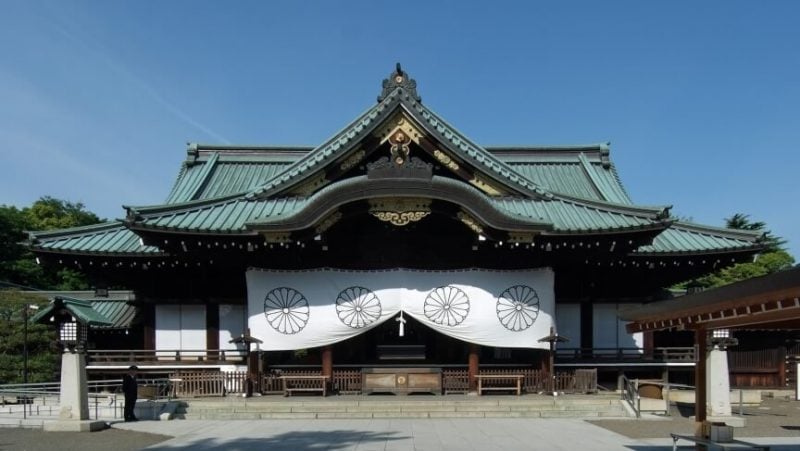
This has caused the relationship between China and Japan to weaken as it gives the impression that the Japanese do not regret the past despite the government's statements.
No Emperor of Japan has visited Yasukuni since 1975, although the Emperor and Empress still continue to attend the National War Dead Remembrance Service annually.

